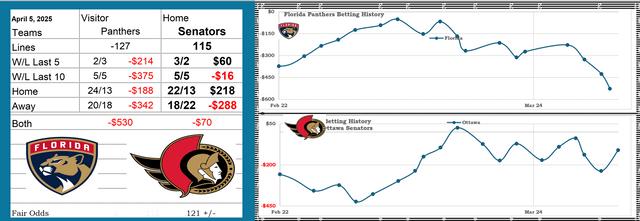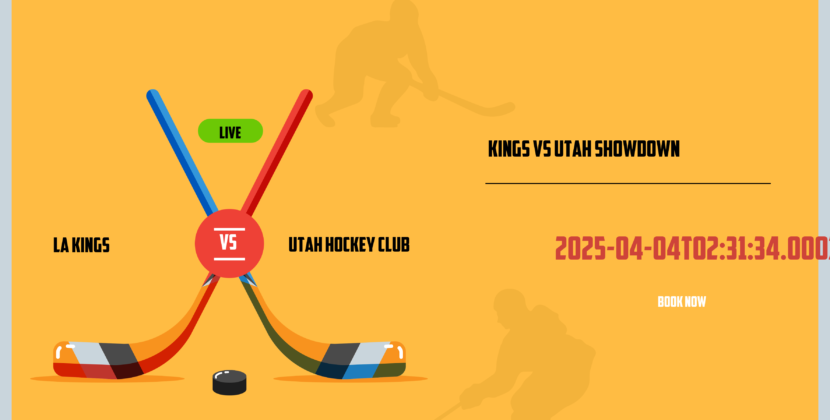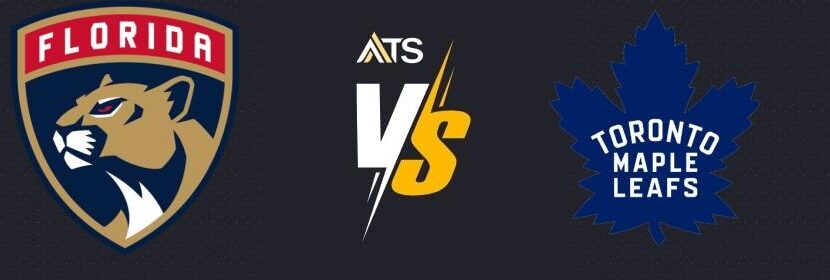
The National Hockey League (NHL) is more than just pure skill; it’s about the best NHL team depth analysis for beginners. But what exactly makes a team deep? Let’s dive into this engaging world and unravel depth, trades, and everything in between.
Understanding Team Depth
Why is team depth the backbone of a winning team? Picture a deep ocean. Having just a few standout stars, like a couple of dazzling fish, isn’t enough. Teams need layers, much like the ocean needs different species to thrive. This isn’t just about having backup. It’s about having backups for your backups!
Roster Breakdown
Understanding the roster is crucial:
- Spearheads (Top-Liners): The crème de la crème. Think of these as your everyday celebrities, making the headlines.
- Core Foundation (Middle-Liners): Often the unsung heroes. They bridge the gap between the top and bottom, providing crucial balance.
- Supporting Cast (Bottom-Liners): These guys are the silent warriors, bringing grit and determination.
Each segment plays its part. Dive deep into the roles, and you’ll see why depth is often the heartbeat of a team.
Role of Goalies
Goalies often stand alone, don’t they? While forwards and defensemen get the glamour, goalies are like the reliable old cars that just don’t quit. A deep team boasts not just a main goalie but a backup who can jump in seamlessly. It’s like having a spare tire – essential for a long journey.
Evaluating Team Depth: Metrics and More
How do we evaluate team depth? Numbers, of course! But more importantly, it’s qualitative insights that breathe life into these stats.
Advanced Analytics
Advanced analytics, such as Corsi and Fenwick, track shots and puck possession, offering a microscopic view of a team’s play. You won’t just look at goals; you’ll evaluate the nitty-gritty! Imagine it like checking the weather but for hockey.
Performance Indicators
- Goals For and Against: More than just numbers, they reveal a team’s offensive and defensive prowess.
- Plus-Minus Rating: A team’s ability to shut down opponents while scoring is reflected here.
Here’s a simple table illustrating key performance metrics:
| Metric | Description |
|---|---|
| Goals For (GF) | Number of goals scored |
| Goals Against (GA) | Number of goals conceded |
| Plus-Minus Rating | Difference between GF and GA during play |
Trade Rumors: What Makes Them Tick?
Trade buzz! Who doesn’t love a juicy rumor? They’re like whispers in the high school corridors, full of excitement and potential.
Impact of Trades on Depth
A trade can reshape a team’s depth overnight. Ever imagined swapping the engine of your car for a more powerful one? That’s what a well-executed trade can do.
Trade Considerations
- Cap Management: Every trade needs to balance the financial books.
- Player Chemistry: Getting new players to settle in is crucial.
Best NHL Team Depth Analysis for Beginners: A Conclusion
Wrapping up, the best NHL team depth analysis for beginners boils down to a harmonious blend of talent, strategy, and resilience. It’s akin to baking a cake; every ingredient counts, and missing one could spell disaster. For those eager to delve into more details, trusted sources like NHL.com and Hockey-Reference are gold mines.
So, hockey enthusiasts, are you ready to explore the depths of the NHL? Dive in, and remember, team depth is where winning seasons are often forged!








